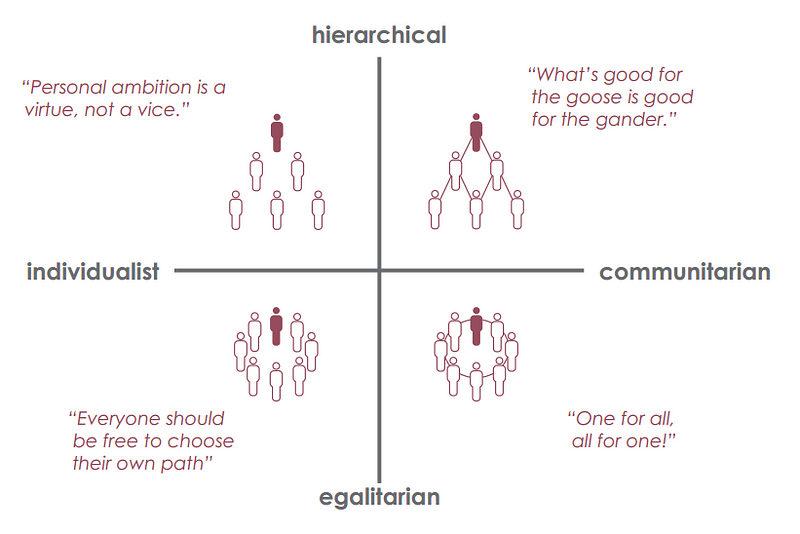If you planned to get your vehicle checked and were not able to because of the change of venue or some other reason, email mwomersley@unity.edu and ask for an appointment.
Most safety checks were routine. The following specific problems were noted and are reported here so other vehicle owners can learn from them:
- Several vehicles had trouble codes, which were "pulled" and recorded for the owners to seek further help. Some trouble codes can be more or less safely ignored, but not all or even most. Even if you choose to ignore one, it's best to check it periodically to make sure a second code has not been triggered.
- One vehicle had uneven wear on the rear tires, down to the canvas on both inside edges. The same had also been in a recent front-ender, making a twisted chassis a real possibility. The owner was advised to get new tires, not to exceed 50 mph until he had done so, then to get an alignment, and not exceed 70 mph until he had done that.
- One vehicle was running rough and consuming large amounts of oil, as determined from low oil measured on the dipstick and the owner's knowledge of the last oil added or oil change. More than a quart of oil consumption between fillings of your gas tank is too much, and it is time to consider getting a different vehicle or a new engine. The exception is if the oil consumption is due to a leak, in which case the leak should be fixed.
- One vehicle had a loose dipstick mount, requiring a new 6mm set screw.
- One vehicle had a loose heat shield above the catalytic converter. This was easily and permanently repaired using self-tapping screws, thanks to our new vehicle lift.
- One vehicle had a loose hood gasket. This was refitted using pop rivets.
- One vehicle was consuming coolant. Using the check engine code reader we were able to narrow the fault to a lean fuel mixture, likely the cause of overheating, boiling away coolant. A visit to a competent vehicle diagnostician was recommended, to correct the lean mixture. If a vehicle is made to run with consistently lean fuel mixture, overheating will cause premature engine wear.
- One vehicle's wipers required adjustment.
- Three vehicles had lights out, requiring new bulbs. In future we will begin to keep a range of standard bulbs in stock. This generally won't cover headlights, which are specialized to vehicle make and often even to model, but it will cover some, if not most, reverse, brake, tail, side, and turn signal lights.
